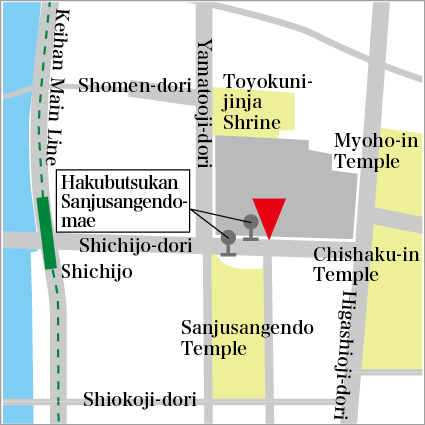Kyoto National Museum
- Highlight
- The tea house “Tan’an” in the sukiya-zukuri style of architecture – influenced by traditions in court culture of early Edo - can be seen here
Preserving the cultural assets of our hometown Kyoto
Opened in 1897, with the major goal of protecting cultural assets in danger of being destroyed in the melee or taken out of the country and scattered across the globe at the beginning of the Meiji restoration, the museum was designed by the imperially approved leading architect Tokuma Katayama. His symbolic red brick annex and entranceway are now Important Cultural Properties (currently not being used for exhibitions). In 2014, the Heisei Chishinkan Wing was built on the design of the world-famous architect Taniguchi Yoshio. This new wing features a spacious front lobby that bathes visitors in soft natural light.
Most of the works come from Japan and the rest from the Orient. The periods and types are extremely diverse. Among these, items that stand out include archeological relics from the Tumulus period, textiles and costumes, ceramics, sculptures, paintings, calligraphy, lacquerware, armor and swords. In particular, many exhibits have been entrusted to the museum by temples and shrines in Kyoto. And, some of these are National Treasures and Important Cultural Properties.
The spacious garden is divided into four areas, displaying pieces like a stone Buddha statue from the Heian period, gravestones from the Kamakura period, the tea arbor “Tan’an” in the sukiya-zukuri style and Rodin’s The Thinker..
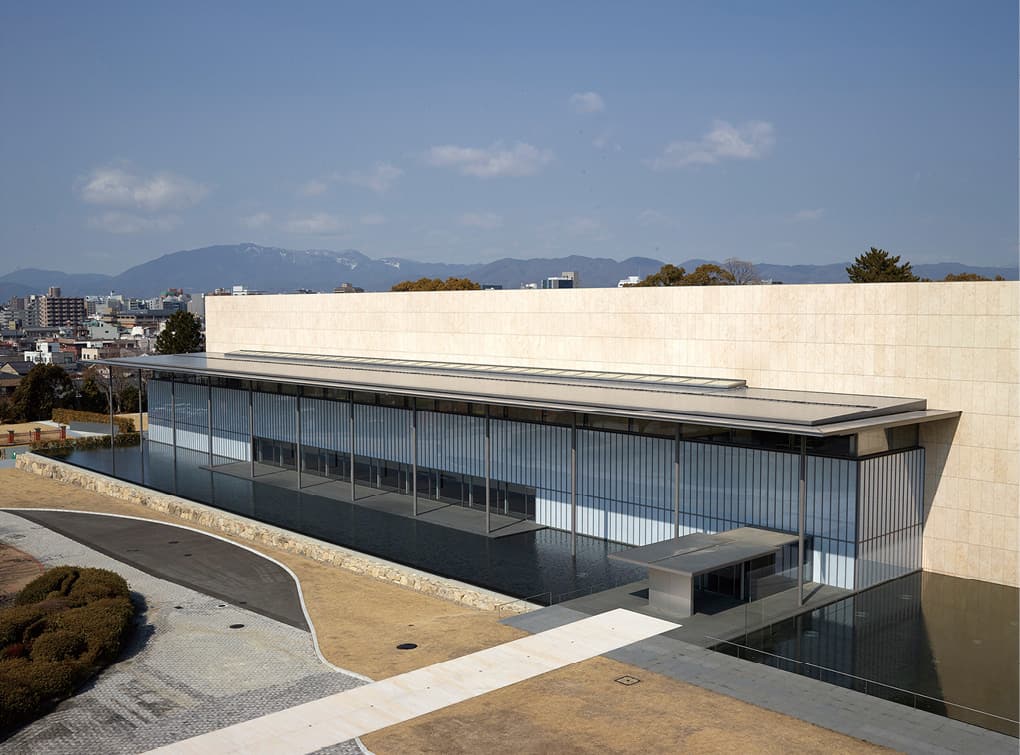
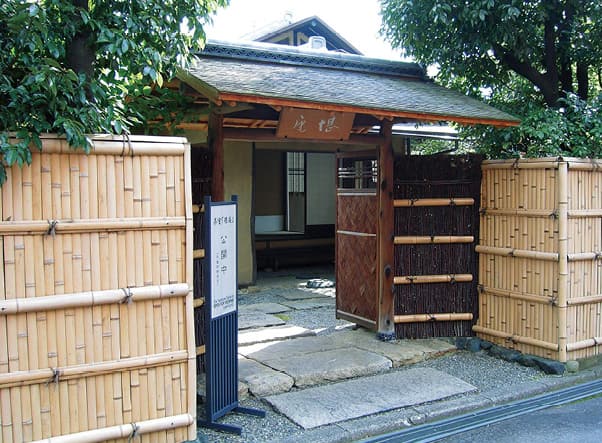
Tea arbor “Tan’an” in the sukiya-zukuri style of architecture
| Address | 527 Chaya-cho, Higashiyama-ku |
|---|---|
| TEL | 075-525-2473(telephone service) |
| FAX | None |
| URL | https://www.kyohaku.go.jp |
| Hours | 9:30~17:00, During special exhibitions days may vary (last entry is 30 minutes before closing) |
| Closed | Mon (following day if Nat Hol), New Year Hols |
| Adm | Adults ¥700, College students ¥350 ※Special exhibitions charged separately |
| Access | A 7-min walk from Keihan Shichijo Stn/Very close to Hakubutsukan Sanjusangendo-mae Stop of City Bus |
| Parking | Available (Charged) |
Facilities near by
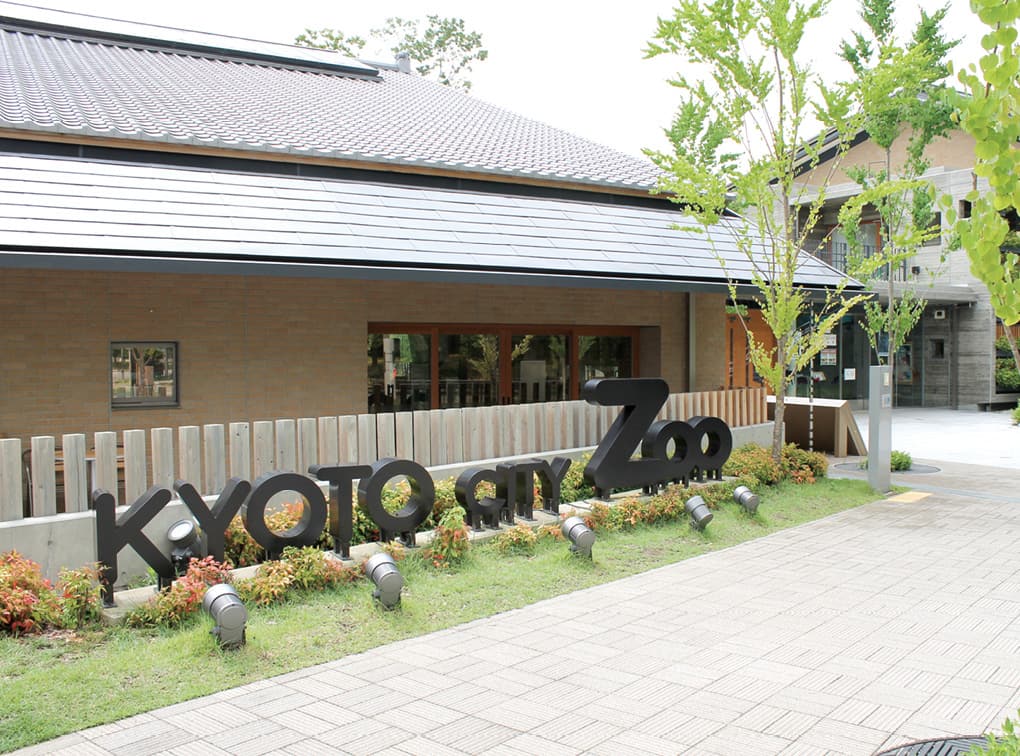
Kyoto City Zoo
Consider the welfare of animals
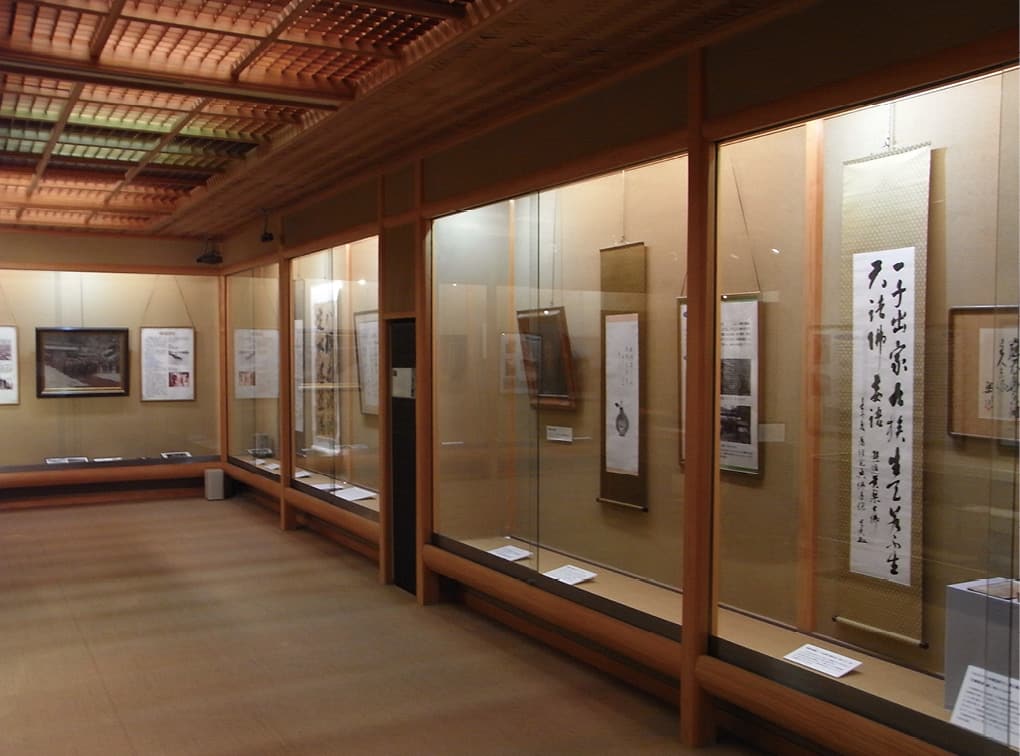
Itto-en Museum Koso-in
The spirit of Itto-en and the mingling of artists
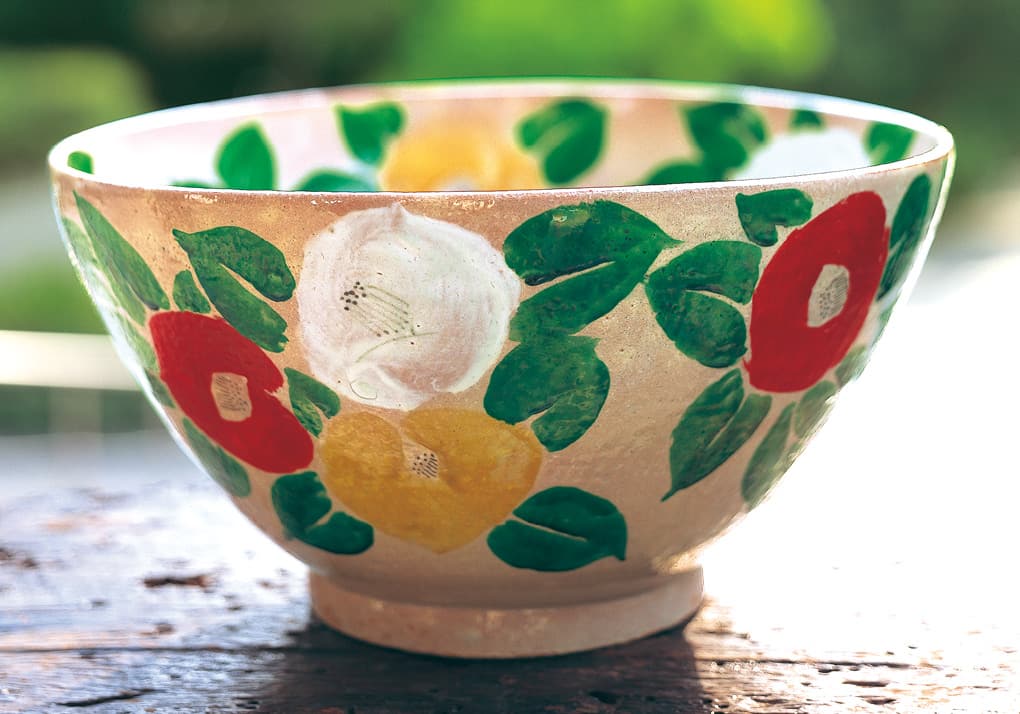
Kahitsukan · Kyoto Museum of Contemporary Art
Wide-ranging exhibitions are held from photography to contemporary art
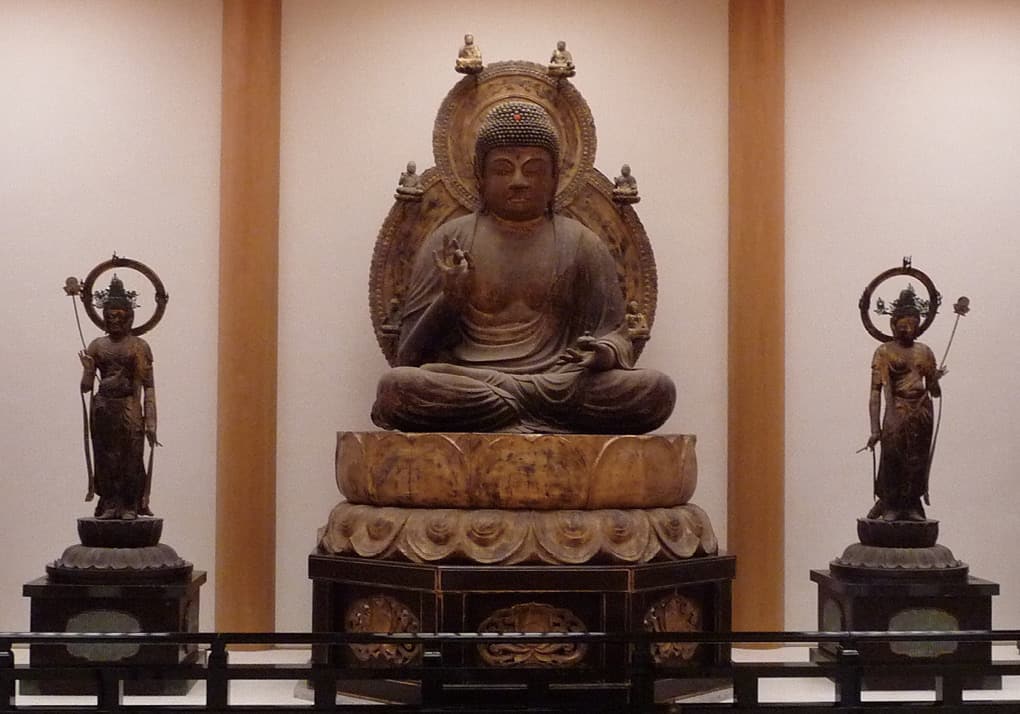
Daigo-ji Temple Reiho-kan
A treasure hall of famed treasures to view amidst famed vista of cherry-blossoms
